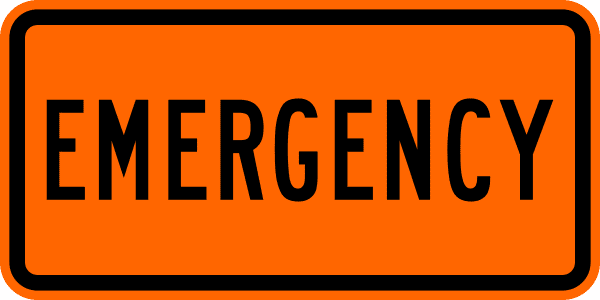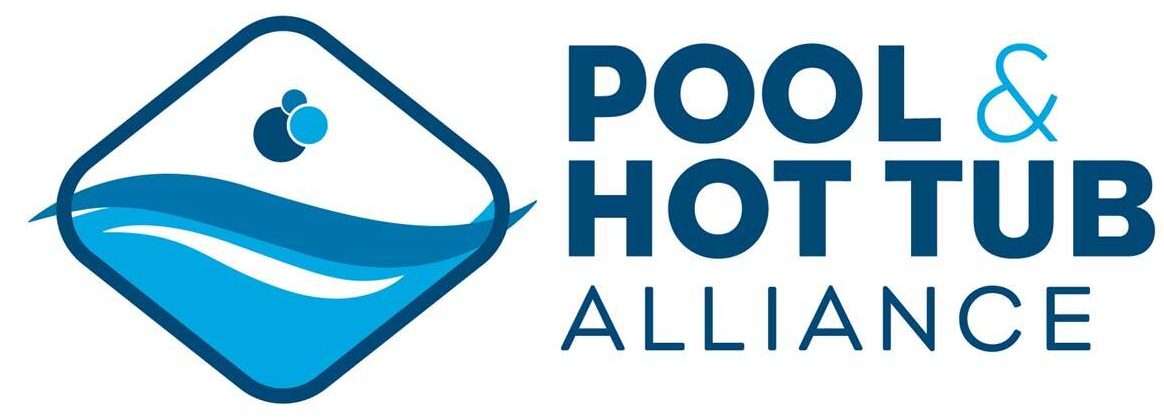We love living and working in Northern California! It’s an amazing area for anyone with a desire for an outdoor life. You can have your choice of activities from the Pacific Ocean to the Sierra Nevada Mountains. But recent changing weather patterns have created extended periods of drought conditions. The dry grasslands and diseased forests are particularly vulnerable to windswept fires. Some of which have threatened to destroy entire communities or cripple them without power.
In 2019, the major suppliers of electricity throughout the state announced that they would be taking preventive measures to ensure that downed power lines would not be the cause of wildfires. During forecasted periods of dry hot winds, they announced that counties most susceptible to impact from weather conditions would experience electrical outages that could continue for days.
Shutdown on the Horizon
Once we received the news about the company’s plan for electricity shutdowns, our first thoughts turned to how we were going to continue functioning as a digital marketing agency without power or internet. Our clients and their businesses needed to remain supported regardless of our emergency outages! Because our base of operations is located in the seasonally dry Sierra Foothills, we knew that our county would be one of the first to be impacted during the rolling outages and we couldn’t afford to leave our clients in the lurch. It was time to create an Emergency Response Plan (ERP)!
There were many facets to creating our ERP. Fortunately, we have team members who live in other parts of the country, which meant that business could continue. Even without the California office, we had a standard procedure to follow.
We developed the plan and distributed it to our employees across the country well in advance of the first outage. Immediately, we felt a sense of relief. We were ready!
Putting the Plan in Action
The first action involved notifying all employees of the anticipated outage dates and duration. Once we received the 48-hour notice from PG&E, we sent our prepared message to all clients. Our emails contained information about the circumstances and reassured clients that their needs would continue to be met by our remote team.
At the same time, all California employees added a prewritten out-of-office message to their email 24 hours in advance of the scheduled outage. The message advised that we were anticipating our email to be non-responsive within a day. We also provided contact info for the team members outside of California.
During the outage, we encouraged our employees to consider temporarily relocating to unaffected areas. This enabled them to continue working on time-sensitive projects and, if cell service was available, they were to text their locations to management staff.
Avoiding Downtime
Because we had our ERP ready for these unusual circumstances, it allowed us to initiate our procedure in an orderly and responsive manner. No scrambling or panic for last-minute directions. Most importantly, it was a seamless experience for our clients with no downtime.
Preparation is a key factor for all types of emergencies. As companies grow, developing an Emergency Response Plan to address unforeseen circumstances is vital. Providing employees with direction about how things will be handled during extraordinary times creates an overall sense of security that says, “We care about our employees, our clients, and our business!”










